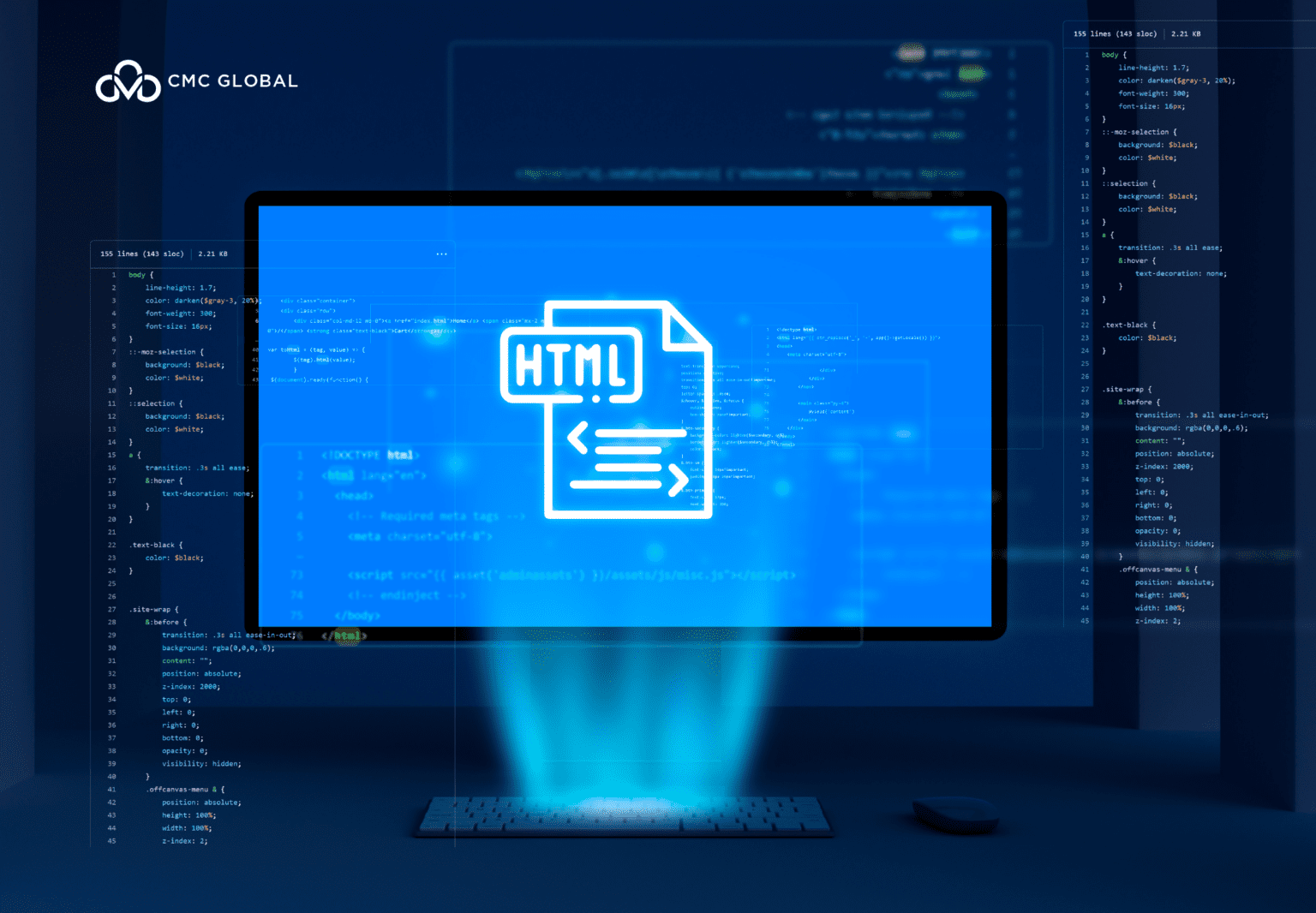Have you ever thought of how difficult a developer’s work is? Not only is the work difficult, but sometimes it also necessitates fulfilling unrealistic timelines. And, because your business relies on the software they produce to run effectively, they face additional stress that your other employees do not.
As a result, when a developer encounters a normal, daily stumbling block, it might hinder their development work. Every time a developer needs to pause what they’re doing, they’ll have to spend more time catching up when they return to the code. That alone may be a serious concern, especially for those who already struggle to concentrate.
With this in mind, what can you do to assist your developers in overcoming the common challenges they face during the day? You might be surprised to learn that it’s not quite as difficult as you think. At the same time, it’s critical that you don’t create an atmosphere in which your software engineers are isolated from other employees. You don’t want to fully isolate your developers or make them feel superior to the rest of your team.
However, if you want those engineers to achieve deadlines without sacrificing code quality, you must assist them in overcoming frequent roadblocks. Let’s have a look at how you can handle this properly.
How to Measure Developers’ Productivity

Traditionally, developer productivity was measured by how many lines of code, features, or projects a developer could produce. It did not necessarily consider the quality of the delivered product or how well it met standards. While this is a productivity metric, it isn’t really useful. To improve on this statistic, companies have begun to place a greater emphasis on the developer productivity measures listed below.
Finished Tasks
Technical Debt
The amount of extra work that must be done when code is implemented, altered, or patched is referred to as technical debt. Patches for bugs, for example, are effective but frequently cause technical debt for the following version release. Complexity, standard breaches, and a lack of documentation all contribute to a growth in technical debt. To quantify developer productivity, you must consider how much technical debt has been accumulated and weigh productivity against it.
Tickets and kanban cards are two effective methods for breaking down and tracking work in development projects. Keeping track of the number of jobs performed, regardless of technique, can help you assess productivity. Many development tools feature capabilities to assist you in rapidly calculating this amount by team, project, or member.
Consider the following factors to guarantee that this count is more significant than a basic in-out measure:
- Task completion
- Time Frame for Completion
- Task Priority
Documentation
Developers tend to hate writing documentation. It is frequently simpler to write code than it is to describe why it was written in a particular way or to explain its structure to someone who hasn’t worked on it. Regardless, documentation is critical for ensuring that code is easily maintained.
Documentation should be included in your developer productivity metrics for the benefit of maintainability. If you don’t, you’re deterring developers from properly documenting their work and lowering the overall quality of your product. This attribute can be measured using page count or attributions. Make allowances for poorly written or inefficient documentation.
Deployments
When releases are made accessible to users, this is referred to as a deployment. Deployment is the most valuable aspect of your project since it is the product that your customers pay for. This metric may be tracked using your pipeline. Keep in mind that in order to get the most out of this metric, you must evaluate the size, complexity, and importance of the deployed features. You should also keep in mind that deployments sometimes require the effort of more than one engineer.
How To Improve Developers’ Productivity

Prevent Interruptions
Interruptions are one of the most common issues that developers face. Unnecessary meetings, walk-ins, phone calls, off-site trips, and on-site visits are examples. When you interrupt a developer, it’s not just the length of the interruption that prevents them from working, but it’s also the time it takes for them to get back up to producing code. This may necessitate a review of their previous writing, consideration of their aim, and, eventually, return to work.
If your developers get interrupted throughout the day, the amount of downtime accumulates. To improve your developers’ productivity, give them the freedom to do what they do best: write code.
Offload Non-Development Work
Managers may assign developers tasks other than development at some point. They have them handle user onboarding, billing, team management, or even light administrative responsibilities. Such responsibilities should be seen as interruptions since they prevent your developers from doing what you paid them to do: build.
Check on your engineers on a frequent basis to keep them laser-focused on the sole objective of software engineering. Any opportunity to offload non-development duties implies that those developers will be more productive.
Actively Listen to Your Staff
This is more difficult than you think. Active listening entails more than just hearing words. You must listen to the meaning behind the words and the attitude that drives those words. When you can actually listen to your employees, you are better equipped to understand what challenges they are experiencing or what needs are not being satisfied. This is probably a much larger problem than you think. When you start actively listening to your developers, you’ll be more positioned to understand the challenges they’re facing and how to deal with them more effectively.
Be as Flexible as Possible
Problems will emerge if you become too strict with your developers. To increase productivity, you must demonstrate to your developers that you are adaptable. This might take the shape of a release deadline (which you should stick to), scheduling, and remote working. The more rigorous you are with developers, the more stressed they will be at work.
Create a flexible environment that is not only pleasurable to work in but also meets the developer’s specific needs. You may have one developer that works well under time constraints, while another becomes excessively agitated and less productive. You’ll find out about this when you understand how each of your developers operates and can be adaptable to their work preferences, which will result in their productivity skyrocketing.
Emphasize Quality Over Quantity
It’s tempting to demand huge workloads from your engineers. That is a mistake. Yes, your engineers must write code, but prioritizing quantity above quality is a recipe for catastrophe. You want developers who write the best quality code possible. They may appear to be slower when this occurs, but the fact that the code may require a substantially shorter testing phase implies that the whole development lifecycle will be shorter. With a shortened development lifecycle, you can release faster and more consistently. Set quality as your objective and you will get the advantages.

Employ a Kanban Board
Use a kanban board if you truly want to assist your engineers. These easy-to-use project management tools may help keep developers on track with their work and make team collaboration even simpler. Even better, kanban boards assist to eliminate middle management from the picture, which can help to reduce interruptions and non-development chores.
More importantly, kanban boards provide developers with a visual depiction of where each work is on the project timetable. This helps developers stay on pace for deadlines, avoiding the stress of having to hurry to the finish line. Kanban boards are an easy-to-implement, low-cost solution that will provide significant advantages to both your engineers and your business.
Avoid Office Cubicles At All Costs
This may be difficult for some companies, but having your engineers work in office cubicles is counterproductive. As previously said, creating is a difficult task, which is why you need your development team to collaborate with one another, which cubicles hinder.
If you must use cubicles, locate all of your developers on the same floor; that way, they will respect each other and distractions will be kept to a minimum. The best-case scenario, on the other hand, is to provide those developers with offices where they can lock their doors and be productive.
Final Words
You don’t have to treat your developers with child gloves, but a little additional attention to assist them to overcome typical workplace distractions will go a long way in helping them become more productive. And as your developers become more productive, your business will achieve better results.
If you’re looking to hire offshore software developers from Vietnam and not sure how to get started, fill out the box below and our Sales team will be in touch shortly to advise!
CMC Global is among the top 3 IT offshore development service providers in Vietnam. We operate a large certified team of more than 1,500 developers, covering all tech stacks, and can supply you with the right team, regardless of size, at a very reasonable cost.





